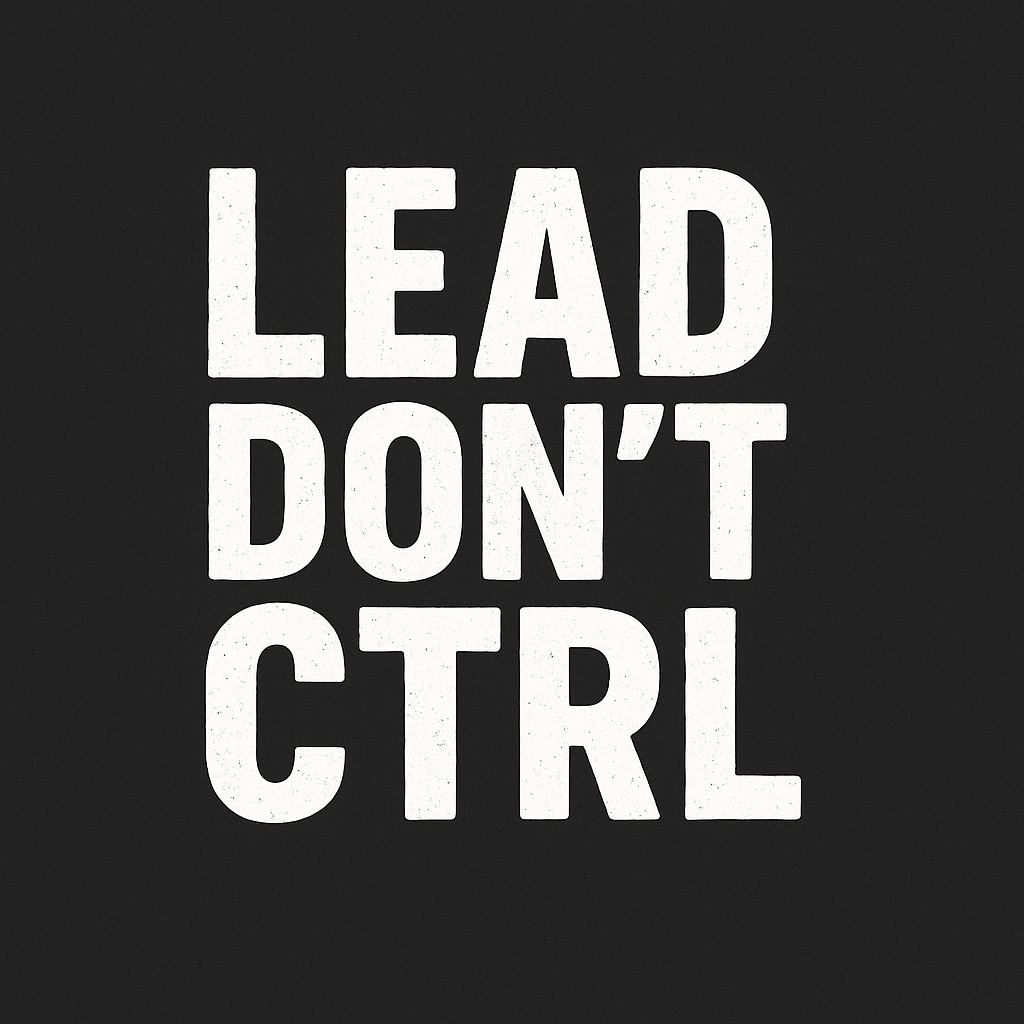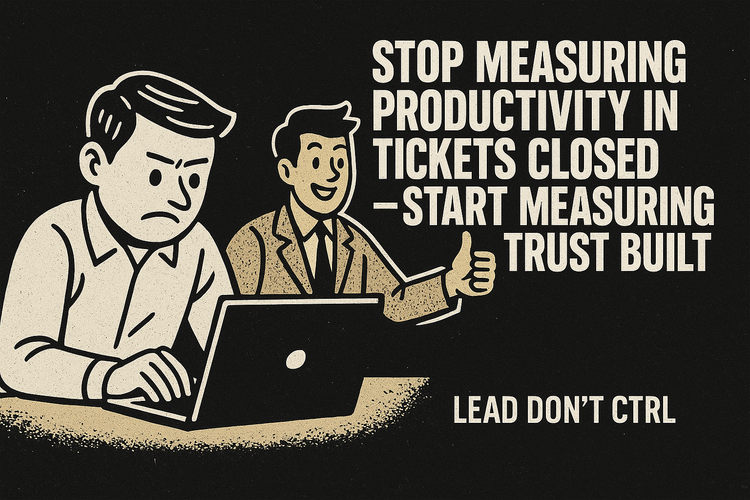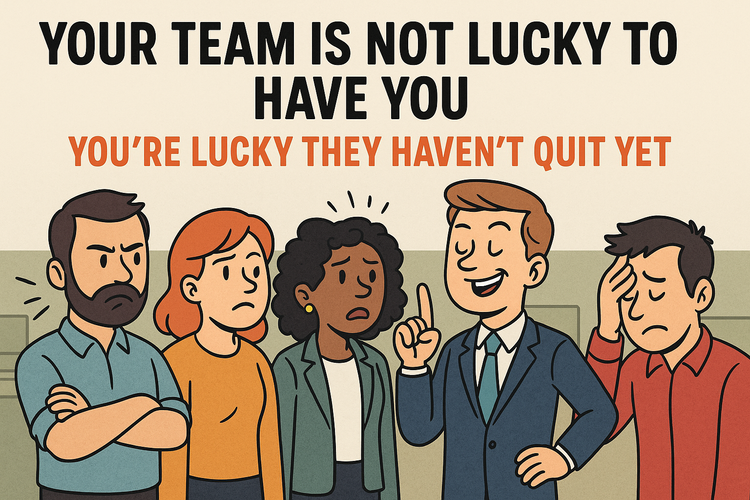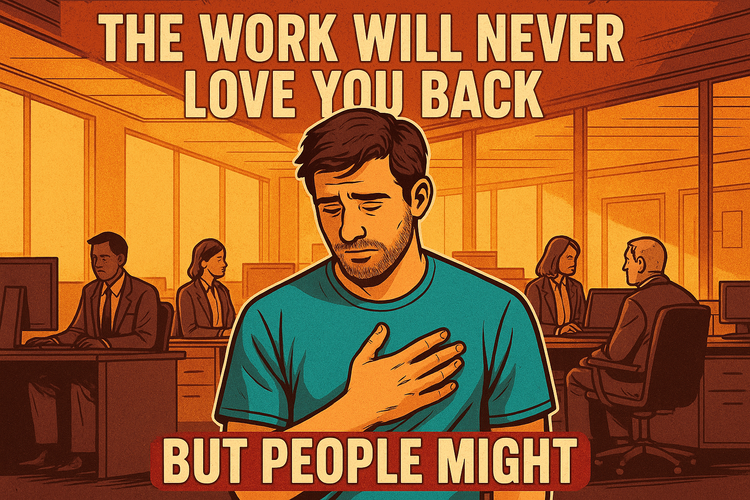Burn the Rulebook, Build the Playground
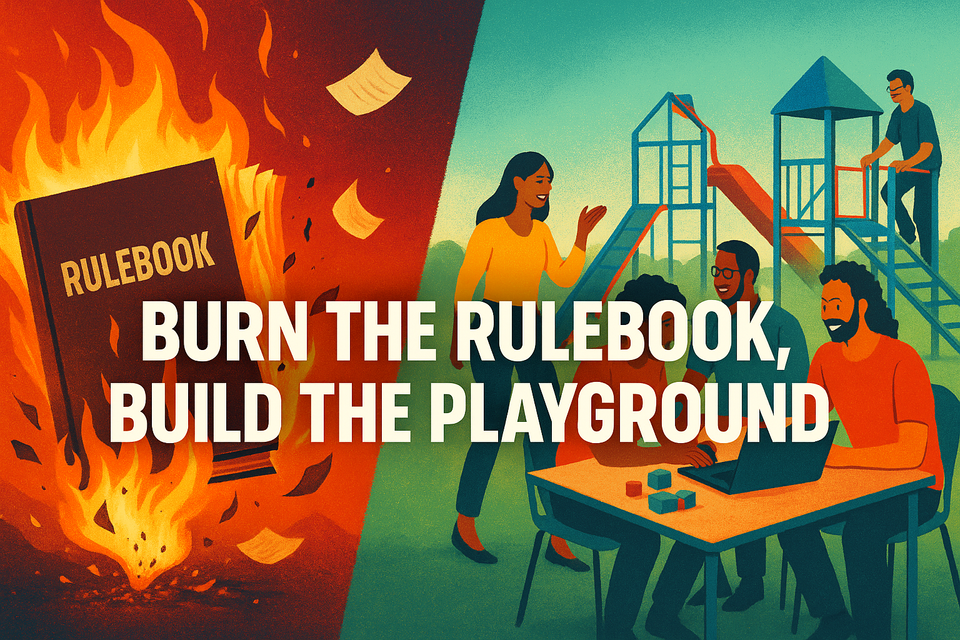
Why real leadership is about freedom, not formulas
There’s a certain breed of manager who keeps the rulebook close to their chest—highlighted, dog-eared, worshipped like it descended from Mount Corporate. They treat it like gospel. Process over people. Control over curiosity. Policies over progress.
But here’s the truth they don’t want you to realize:
Most rulebooks were written by people trying to avoid responsibility—not foster brilliance.
If you’re leading today with yesterday’s rules, you’re not leading. You’re gatekeeping. And the longer you cling to old frameworks, the more you’re not just slowing innovation—you’re actively repelling it.
It’s time to stop enforcing the rulebook. It’s time to build the playground.
Rules Create Walls. Playgrounds Create Possibilities.
The rulebook mindset comes from fear. Fear of mistakes. Fear of change. Fear of losing control. So we build rules to feel safe—then pile on more when the first ones fail. Eventually, we end up in organizations so locked down by process that no one can even take a risk without filing three tickets and holding a retrospective about it afterward.
In a playground, on the other hand?
- Exploration is encouraged.
- Falling is part of learning.
- Boundaries exist, but they’re there to enable, not to restrict.
A great leader doesn’t design cages—they design playgrounds. Environments where people can take risks, get creative, and push limits without punishment. That’s where innovation happens. That’s where culture thrives. That’s where people grow into something even they didn’t think was possible.
What Does a Playground Look Like in Tech Leadership?
You might be thinking, “Okay, cool metaphor, but how do I actually do this?”
Here’s what building a playground looks like in practice:
🎯 1. Trade rigidity for intent.
Stop obsessing over how things are done. Focus on why you’re doing them. Let your team choose the “how” as long as they understand and align with the outcome. Trust them to color outside the lines when it makes sense.
Example: Instead of mandating daily standups at 9 a.m., clarify the goal (“alignment and visibility”) and let the team decide how to achieve it.
🤝 2. Ditch fear-based leadership.
If your team is afraid to speak up, experiment, or fail—they’re not innovating, they’re surviving. Build safety. Reward bold thinking, even when it doesn’t pan out. Celebrate the lesson, not just the win.
🛠 3. Provide tools, not obstacles.
Want your team to build cool stuff? Give them sandboxes, not spreadsheets. Cut the red tape. Remove friction. Give them room to create and the tools to do it well.
🧠 4. Design for autonomy.
Autonomy isn’t chaos. It’s clarity without micromanagement. Make sure people know the vision, then let them figure out how to get there. You’ll be shocked how much better the outcome is when it’s not prescribed.
🔄 5. Tear up outdated rules.
Ask your team: What processes are slowing you down or making you feel small? Then have the courage to change them. Even if they were your idea. Especially if they were your idea.
You Don’t Need Permission to Be the Leader You Wish You Had
Here’s the secret that no one tells you in leadership:
You are allowed to lead differently.
You’re allowed to ignore the way it’s “always been done.”
You’re allowed to protect your people from toxic expectations, performative productivity, and over-engineered systems.
You’re allowed to rebel. Positively.
Because rebellion isn’t just about what you destroy—it’s about what you dare to build in its place.
You can build a team that:
- Laughs together
- Debates fiercely
- Experiments wildly
- Trusts deeply
- Ships boldly
But only if you’re willing to throw out the rulebook and build a playground instead.
Lead Don’t Ctrl
This isn’t soft leadership. This is dangerous leadership—because it threatens the status quo.
But the best leaders don’t just manage teams.
They unleash them.
So let the other guys keep their precious rulebooks.
You? You’ve got better things to build.
